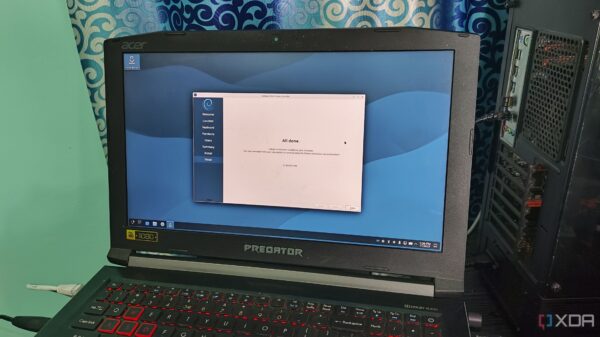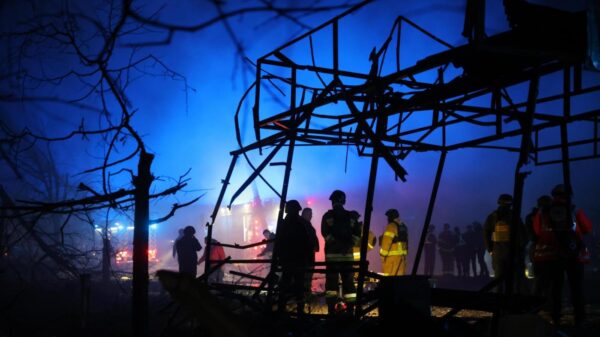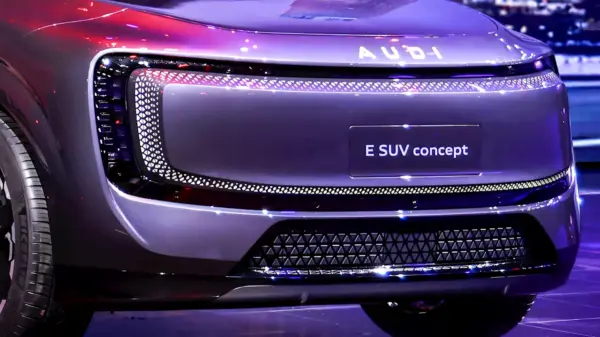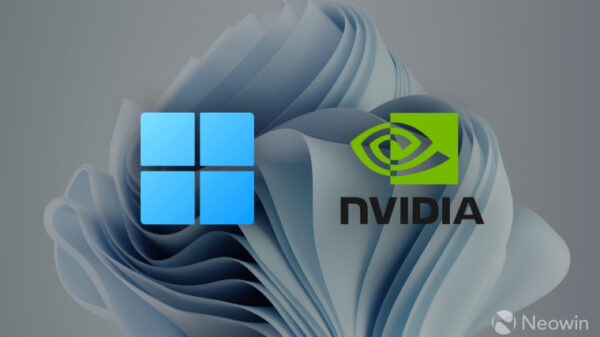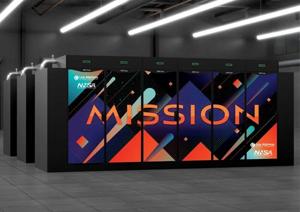Los Alamos National Laboratory (LANL) has announced the upcoming introduction of two new supercomputers, named Mission and Vision, scheduled to become operational in 2027. These advanced computing systems will enhance the laboratory’s ability to conduct modeling and simulation work essential to national security, scientific research, and artificial intelligence applications across the National Nuclear Security Administration (NNSA) complex.
The announcement, made via a press release on Tuesday, highlights a collaboration with technology giants Hewlett Packard Enterprise (HPE) and NVIDIA, with HPE serving as the prime contractor. The supercomputers will be built on HPE’s Cray Supercomputing GX5000 platform, a recent innovation in supercomputing technology that promises to deliver cutting-edge capabilities.
Significant Investment in National Security Science
NNSA Administrator Brandon Williams emphasized the importance of this project, stating, “NNSA has a proud history of applying science and technology to national security challenges. The next generation of NNSA supercomputers marks a significant milestone in ensuring America’s leadership in the global AI race.” He credited the initiative’s momentum to the support from the previous administration, noting that both systems will incorporate advanced technologies crucial for effective and secure national defense.
Funding for Mission and Vision is contingent upon future appropriations, as detailed in the release. The new supercomputers will replace the current Crossroads computing resource, with Mission designated for classified work and expected to significantly enhance the laboratory’s simulation capabilities.
When operational, Vision will build upon the existing Venado supercomputer, which was installed in 2024. This system will focus on unclassified projects and is aimed at accelerating research in areas such as national security, materials science, energy modeling, and biomedical research.
Advanced Capabilities for Modern Challenges
Both supercomputers will feature similar artificial intelligence capabilities, allowing them to handle multiple workloads and support various user groups simultaneously. These enhancements are crucial as LANL continues to integrate AI into its modeling and simulation processes.
LANL Director Thom Mason commented on the strategic significance of this investment, stating, “The Mission and Vision systems represent a significant investment in our national security science and basic science capabilities.” He praised HPE and NVIDIA as experienced partners, capable of delivering the technology necessary for LANL to fulfill its essential role in national security.
As the planning and development of Mission and Vision progress, more details regarding project timelines and completion milestones will be released. The introduction of these supercomputers signifies a crucial step forward in addressing the complex challenges faced by national security through advanced computational power and innovative technology.






